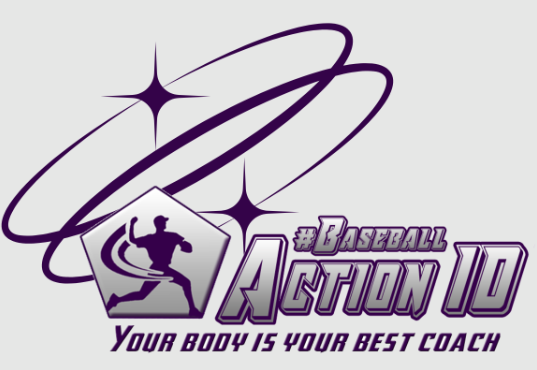Time for a Reality Check !
This week, two professional Single-A teams played a standard 9-inning game.
The Pitching Results:
👉 32 walks
👉 12 pitchers used
👉 432 pitches thrown
No extra innings. No weather delays. Just nine innings of chaos.
Still think another mechanical adjustment is the fix?
Here’s the problem:
We’re applying data in a way that forces pitchers into rigid biomechanical models instead of optimizing their natural movement patterns. We analyze every inch of their delivery, tweaking it to fit an ideal that may not work for them.
But what if the issue goes beyond mechanics alone?
The brain plays a huge role in coordinating movement, processing feedback, and making real-time adjustments. Every motion we make is guided by neural pathways shaped by past experiences, emotions, and stress levels.
So, could it be that traditional biomechanics often miss this crucial connection between the body and the mind?
When we focus purely on physical mechanics, we might be ignoring the bigger picture—the way the body and brain work together to execute movements.
In sports, cognition and emotions affect timing, rhythm, and decision-making—especially under pressure. Confidence, fear, mental fatigue, and stress levels can either amplify or restrict an athlete’s physical potential.
For example, we’ve all seen athletes who perform perfectly in practice but struggle when the game is on the line. It’s not just about mechanics—it’s about the brain at work.
This is where the real issue lies:
Trying to “fix” mechanics without considering cognitive and emotional factors often leads to overcoaching and misalignment.
A pitcher might receive a universal cue like “stay back” or “stay closed,” which, although given with the best of intentions, can have far-reaching negative consequences if the coach isn’t aware of the pitcher’s natural motor profile.
These standard cues, when not aligned with the athlete’s movement patterns, can end up being counterproductive.
And here’s where things get even more complicated:
If a player is instructed to move in a way that goes against their natural motor preferences, it disrupts the vital action cycle between Action & Perception.
PERCEPTION = ACTION
How a player perceives an action directly influences their motor coordination. In other words, their technique is an expression of their perception.
If a player is forced to move in a way that feels unnatural to them, the perception of the action shifts, and the correct motor coordination breaks down. This leads to inconsistent and inefficient performance.
It’s no coincidence that we see a wide variety of personality differences, motor skills, and techniques at the highest levels of sports. Each athlete is uniquely wired to perceive and execute actions in their way.
So, instead of just refining the body’s mechanics, we need to look at how the brain and emotions shape those mechanics. Recognizing how mental and emotional states influence movement could be the key to unlocking better command and durability.
It’s time to stop forcing conformity and start honoring the unique interplay between the mind and body.
By integrating cognitive and emotional factors into training and analysis, we can help athletes achieve their full potential physically and as complete performers.
The problem isn’t mechanical; it’s developmental!
Until we acknowledge how the body and the brain contribute to performance, we’ll keep seeing these chaotic, overcoached, and inconsistent results.
The solution lies in a more holistic approach—one that respects the natural movement patterns of the individual and the unique way their mind and emotions shape those movements.


Put glove and ball a moment aside .
Take a hard and long look into this.
Genuine athlete based approach and preventive measures for a longer and healthy career .